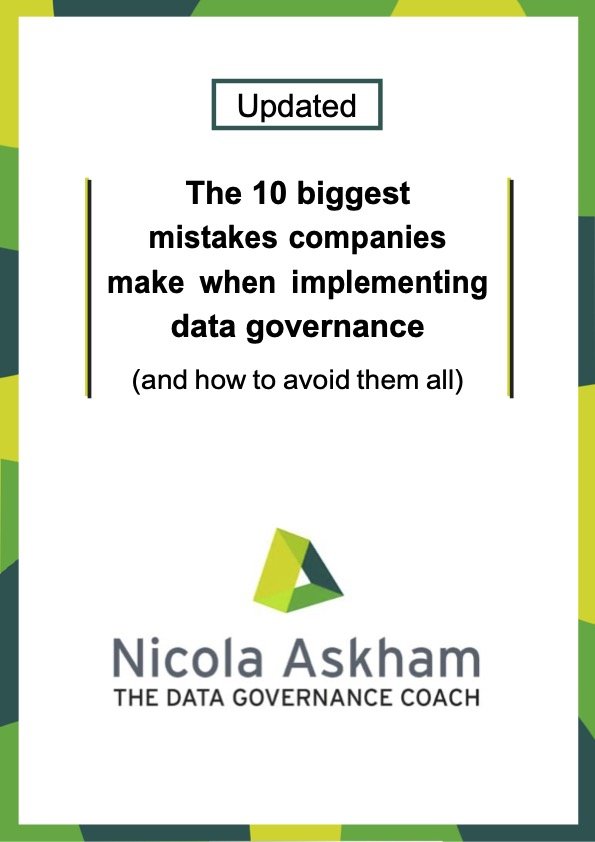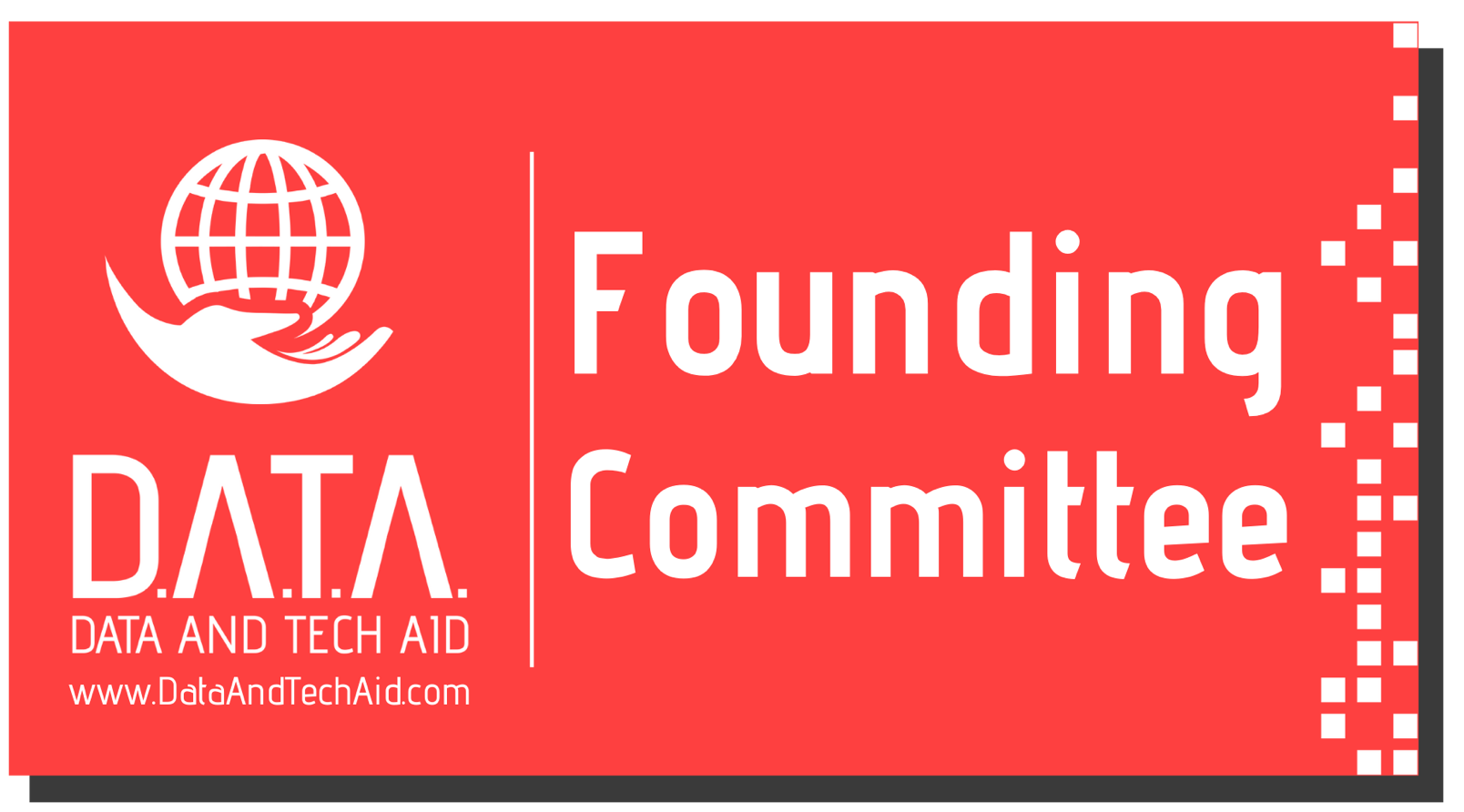Critical Data and Master Data - what is the difference?
/In a recent blog, I looked at why you should prioritise your data and identify the data that is the most critical or material to your organisation, so you can focus your data governance efforts on that data. In response to that blog, I had a number of people contacting me to ask what was the difference between critical data and master data, so I decided that it would make a good topic for this blog.
As it is common for the two to get confused, let's look at each in turn:
My go to reference point for all definitions to do with data is the dictionary published by DAMA International (the Data Management Association). However, I was disappointed to find that there is no definition of critical data in there. Luckily with the help of Google, I managed to find the following definition:
“data that is critical to success in a specific business area”
In other words, it is the data required to get the vital processes completed. And don’t forget that data critical to one business area may not be critical for another. When this happens you have to manage the data to its highest level of criticality.
That seems simple enough doesn’t it? So let's look at the definition of master data. This time, the DAMA Dictionary of Data Management comes up trumps and provides the definition as:
“The data that provides the context for business activity data in the form of common and abstract concepts that relate to the activity. It includes the details (definitions and identifiers) of internal and external objects involved in business transactions.”
Now, this is a wordy definition and while technically correct, it may not be helpful if you are not already familiar with the term master data.
Whenever I teach courses on Master Data Management I use this definition but like to highlight the key words in bold as follows:
“The data that provides the context for business activity data in the form of common and abstract concepts that relate to the activity. It includes the details (definitions and identifiers) of internal and external objects involved in business transactions.”
For me the most important idea is that it is the data which provides the context for a business activity. For example if you considered a banking transaction, you have two sets of data. The data about the transaction itself (how much was paid in, where and when) and you have the contextual data that enables you to identify the customer and the account:
From the image above you can see that the transactional data will change every time there is a transaction, but the master data would stay the same.
Master data is sometimes described as the most valuable data shared across an organization. If you consider the case of customer data (a data domain frequently “mastered”), it is common for customer data to exist on multiple systems across an organisation and unless you “master” the data – i.e. match and merge that data to create one record you cannot understand the extent of your relationship with a particular customer. In order to match and merge customers you need to look for identifiers (as mentioned in the official definition) such as date of birth, address or post code. This enables you to create what is often called a “single customer view”.
Customer data is not the only data domain that you might want to consider mastering, product data, employee data and supplier data are all typical areas where master data is found.
If critical data is something that is vital to your organisation,
how is that different than master data?
The confusion between the two terms comes about because they are used for different purposes. Master data is nearly always critical to your business, but your critical data could include non-master data.
I do hope this has helped clarify the difference and if you are embarking on a master data project of any kind you may find this checklist useful as it details the activities you need to consider when implementing Data Governance as part of a Master Data project.









